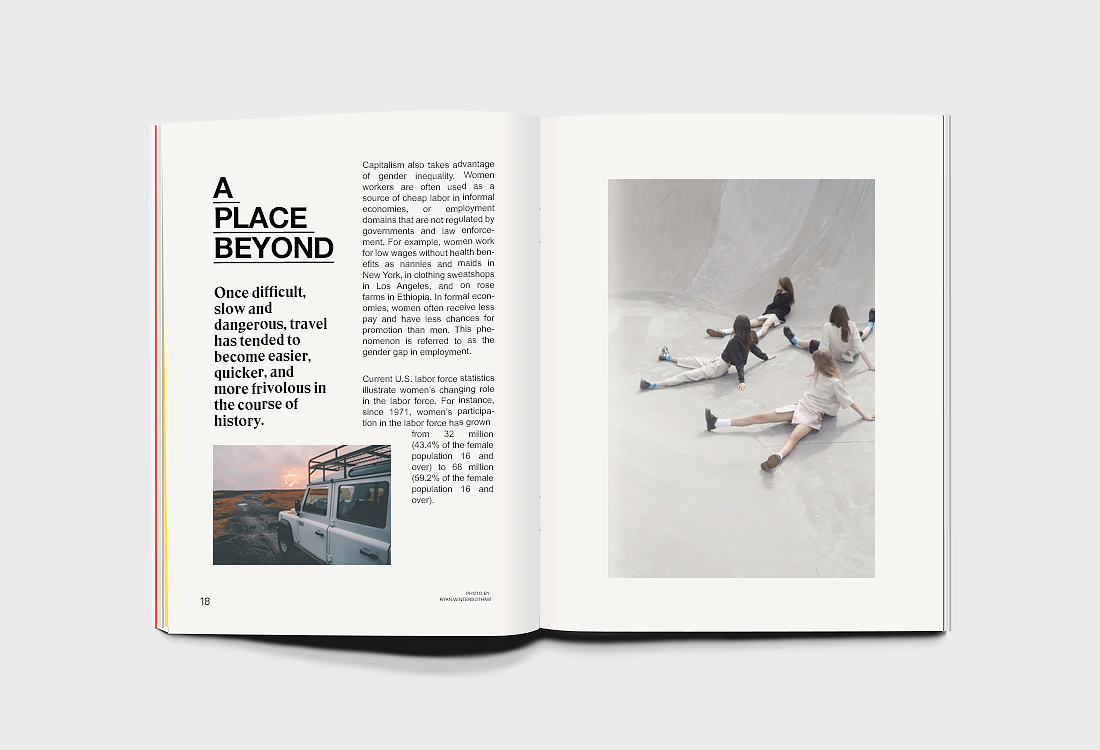Blanko reuses and recycles – a humble practice that has been a common practice for most of human history, with recorded advocates as far back as Plato in 400 BC.
During periods when resources were scarce and hard to come by, archaeological studies of ancient waste dumps show less household waste (such as ash, broken tools, and pottery)—implying more waste was being recycled in the absence of new material. That’s why Blanko focuses on energizing the new by using the old.

In pre-industrial times, there is evidence of scrap bronze and other metals being collected in Europe and melted down for perpetual reuse. Paper recycling was first recorded in 1031 when Japanese shops sold repulped paper. In Britain dust and ash from wood and coal fires was collected by “dustmen” and downcycled as a base material used in brick making.
The main driver for these types of recycling was the economic advantage of obtaining recycled feedstock instead of acquiring virgin material, as well as a lack of public waste removal in ever more densely populated areas.
In 1813, Benjamin Law developed the process of turning rags into “shoddy” and “mungo” wool in Batley, Yorkshire. This material combined recycled fibers with virgin wool. The West Yorkshire shoddy industry in towns such as Batley and Dewsbury lasted from the early 19th century to at least 1914.

Industrialization spurred demand for affordable materials; aside from rags, ferrous scrap metals were coveted as they were cheaper to acquire than virgin ore. Railroads both purchased and sold scrap metal in the 19th century, and the growing steel and automobile industries purchased scrap in the early 20th century. Many secondary goods were collected, processed and sold by peddlers who scoured dumps and city streets for discarded machinery, pots, pans, and other sources of metal. By World War I, thousands of such peddlers roamed the streets of American cities, taking advantage of market forces to recycle post-consumer materials back into industrial production.
Beverage bottles were recycled with a refundable deposit at some drink manufacturers in Great Britain and Ireland around 1800, notably Schweppes. An official recycling system with refundable deposits was established in Sweden for bottles in 1884 and aluminum beverage cans in 1982; the law led to a recycling rate for beverage containers of 84–99 percent depending on type, and a glass bottle can be refilled over 20 times on average.





Leave a Reply
You must be logged in to post a comment.